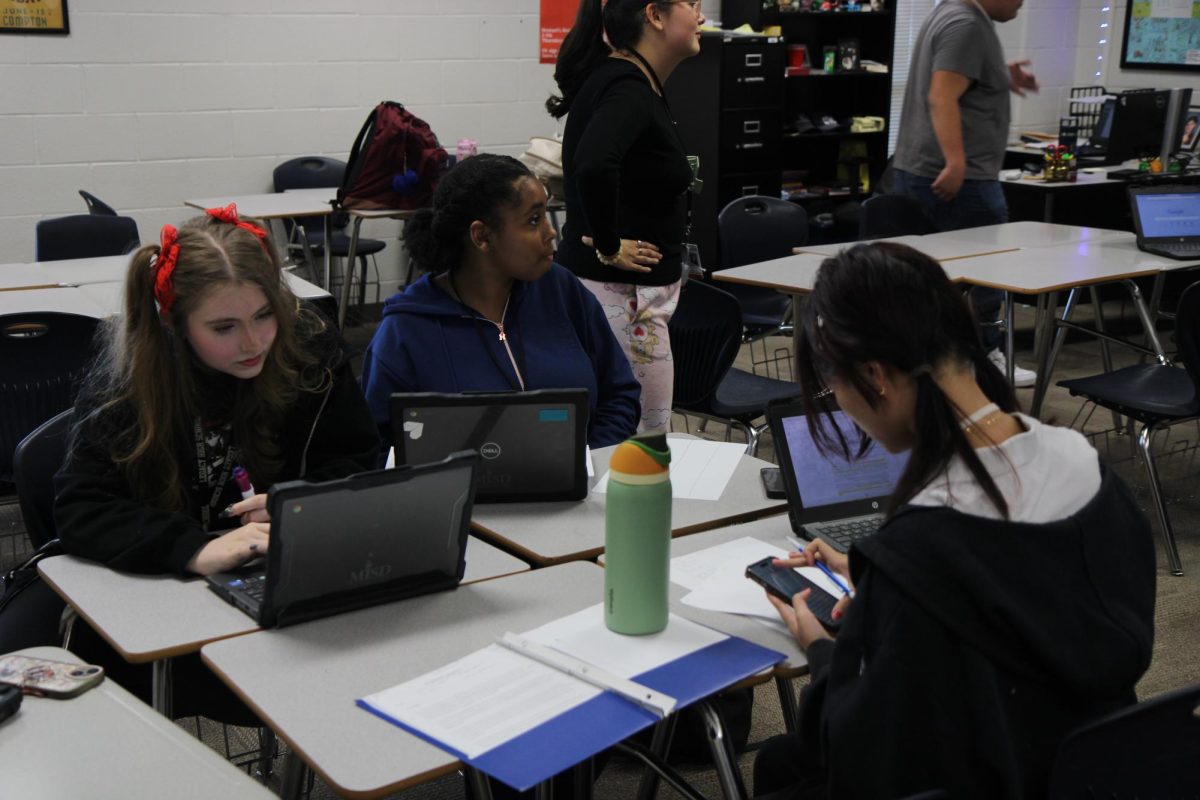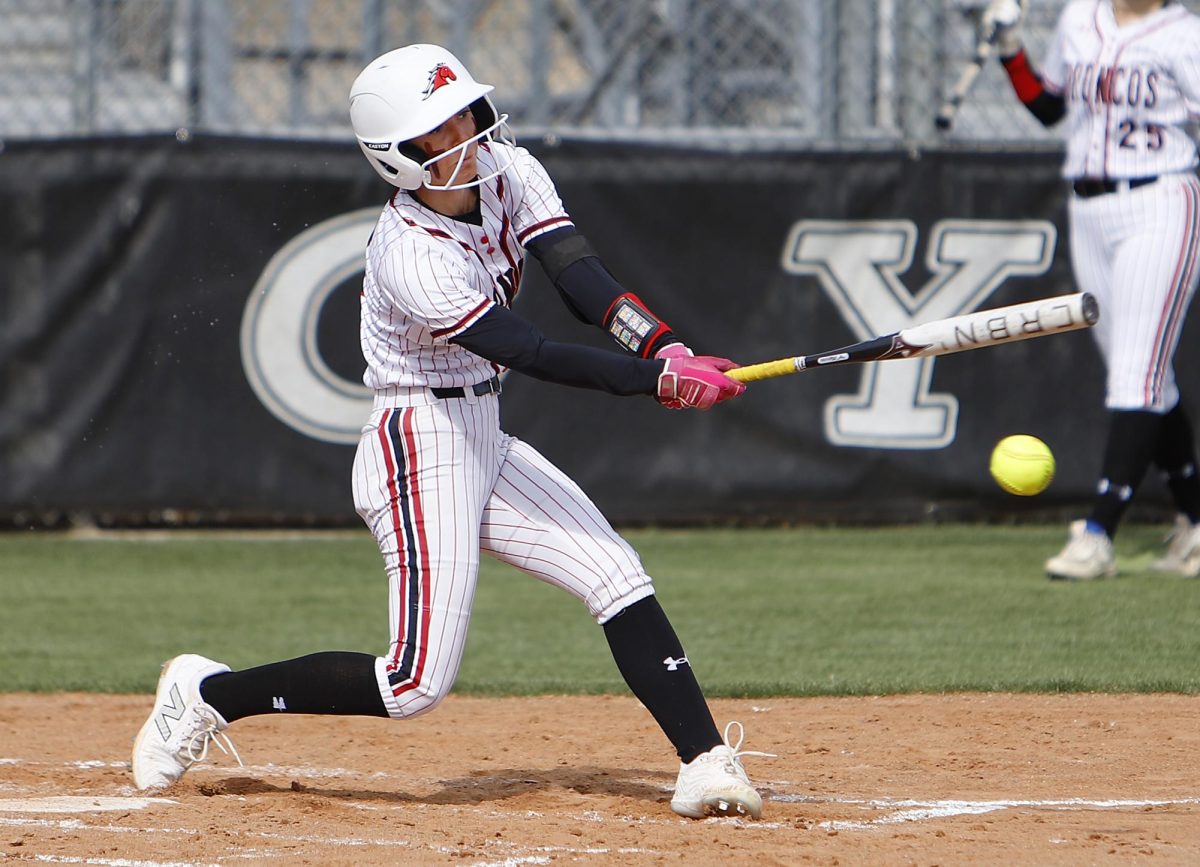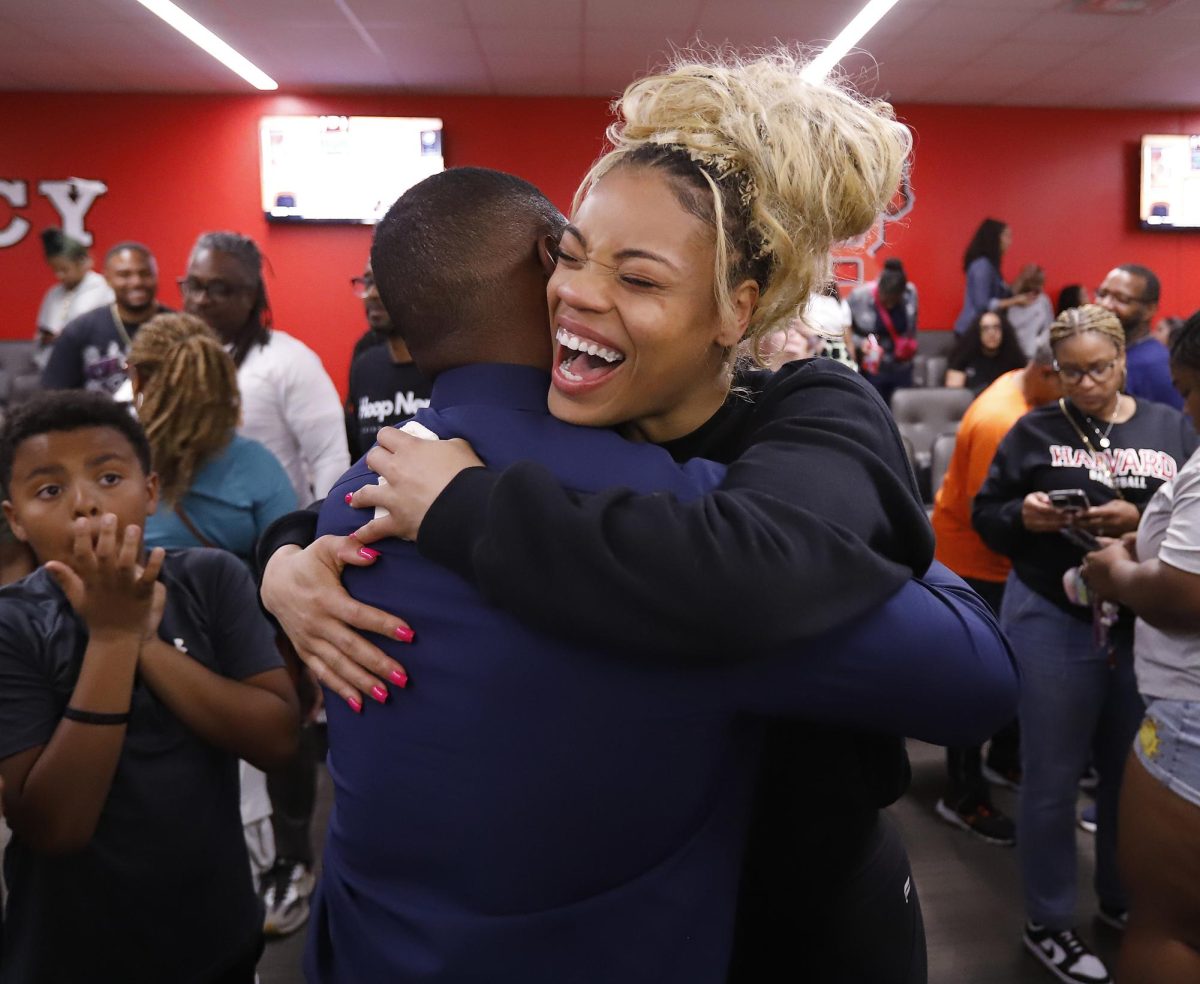“It’s a valuable lesson to have learned,” senior Madison Ward said. “Those of us who did it, can now see how much we waste and throw away needlessly. It has shown us that we all can recycle, compost and reuse more.”
Once disposed, the trash becomes the responsibility of sanitation services. After the consumer throws away the waste, often they no longer concern themselves with the burden.
“When you throw away your trash it’s out of sight, out of mind,” Ward said. “When you have to carry it all around with you for a couple of days you realize how much you really waste.”
According to www.treehugger.com, 77 percent of Americans recycle. Of the 23 percent that neglect to recycle, 11 percent believe it to be pointless.
“People view it from two different sides,” Ward said. “On one side they feel as if they can do what they want because it’s not going to occur in their lifetime, but on the other side they want to preserve an aesthetically pleasing environment.”
The class hopes for the trash bag experiment to have a lasting effect, yet some are weary of any true changes in students habits.
“With some of the students who did the trash bag experiment, they might do more for the first couple of weeks, or even months, but unfortunately probably will eventually stop doing anything in the long run,” Ward said.














